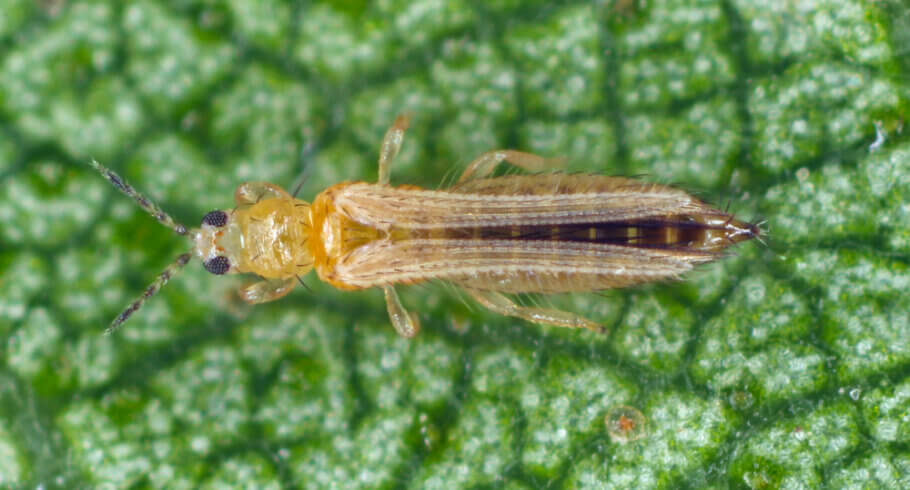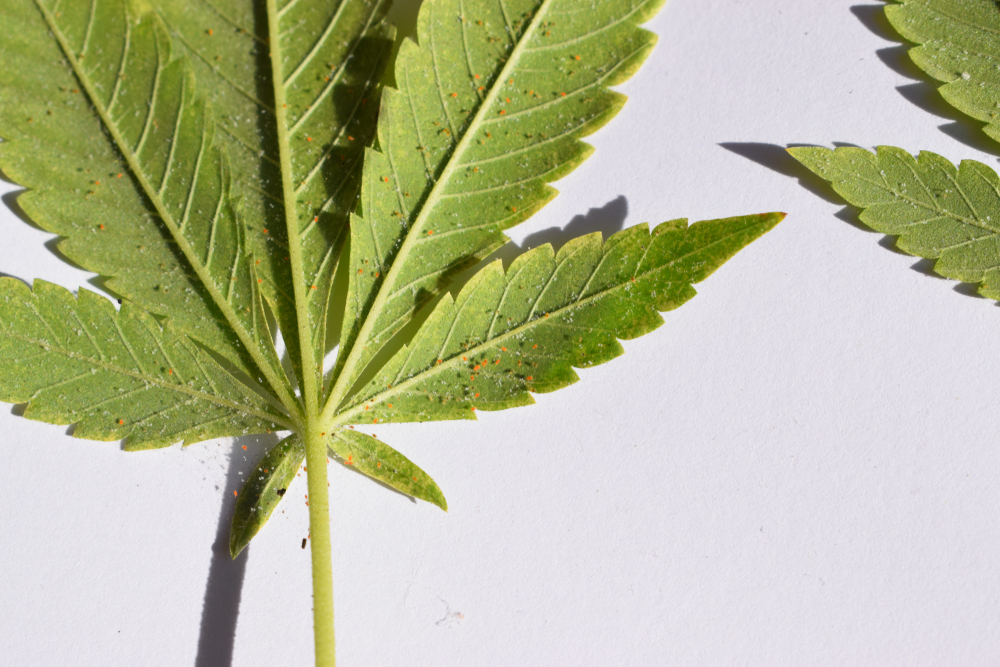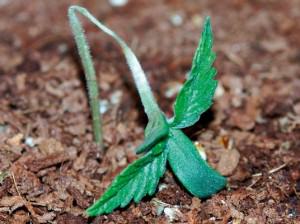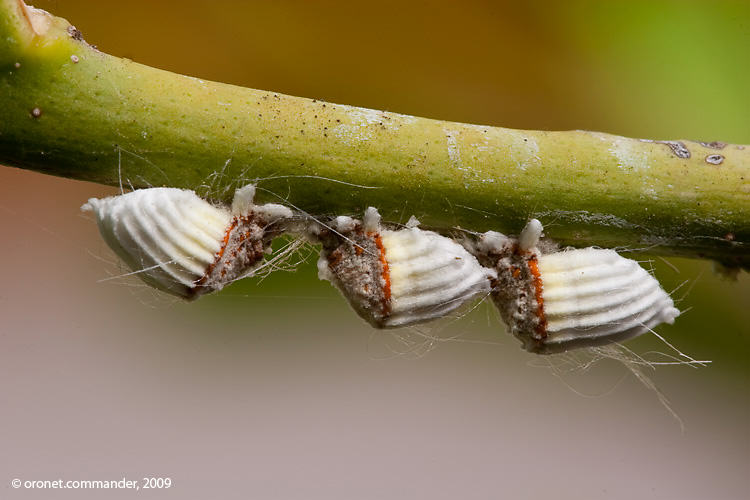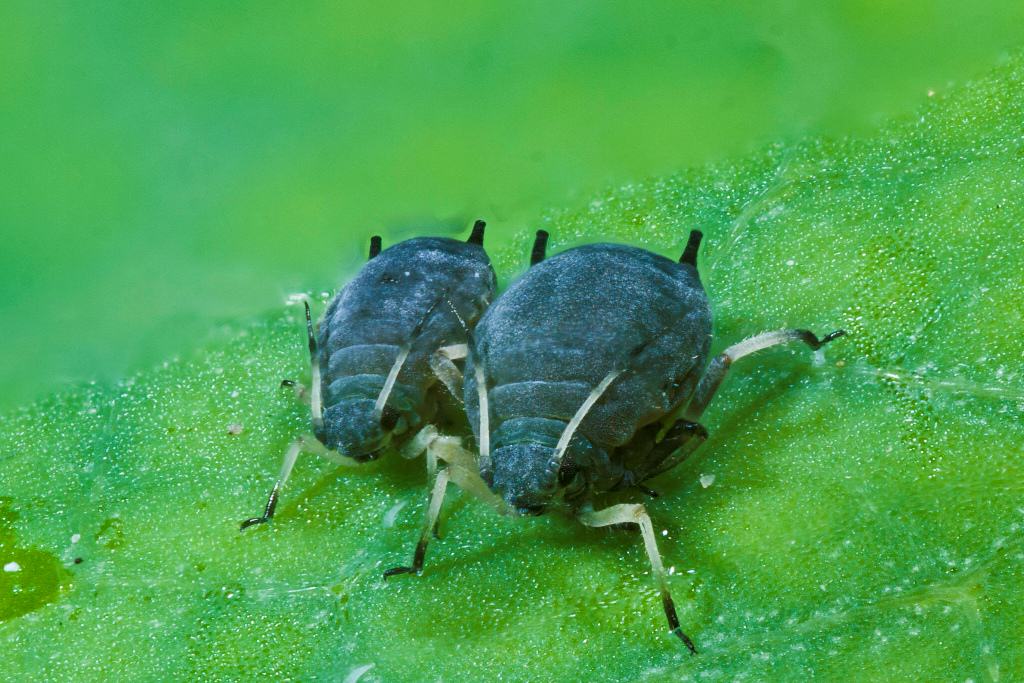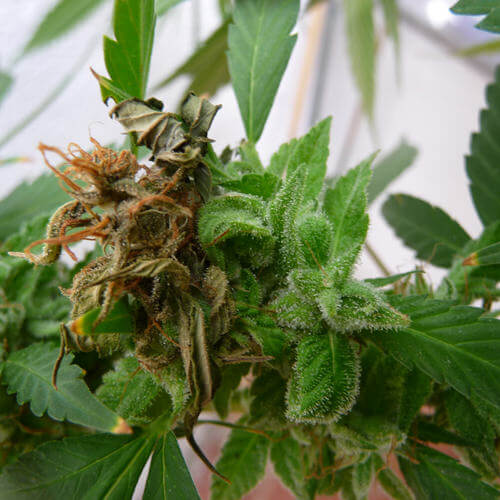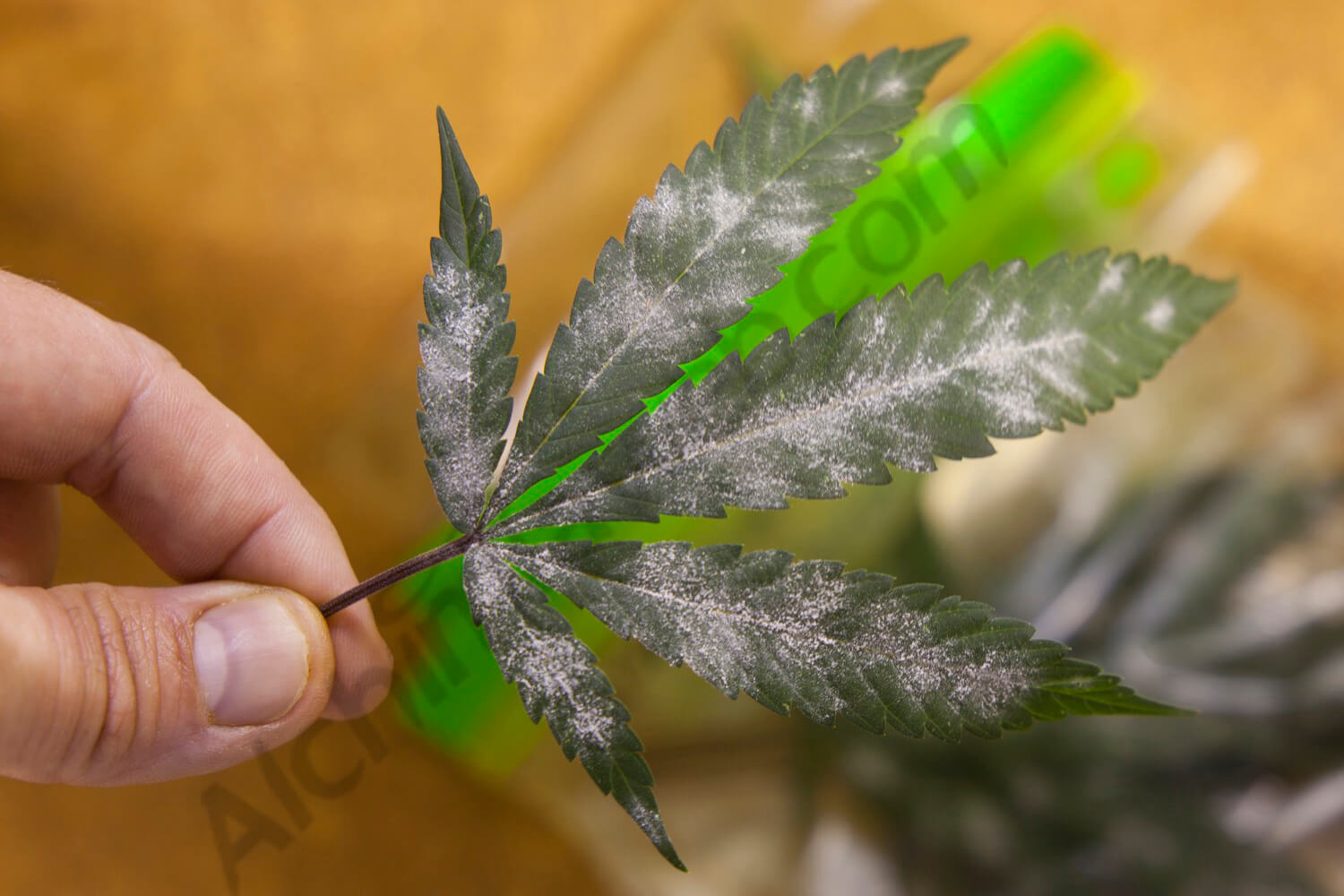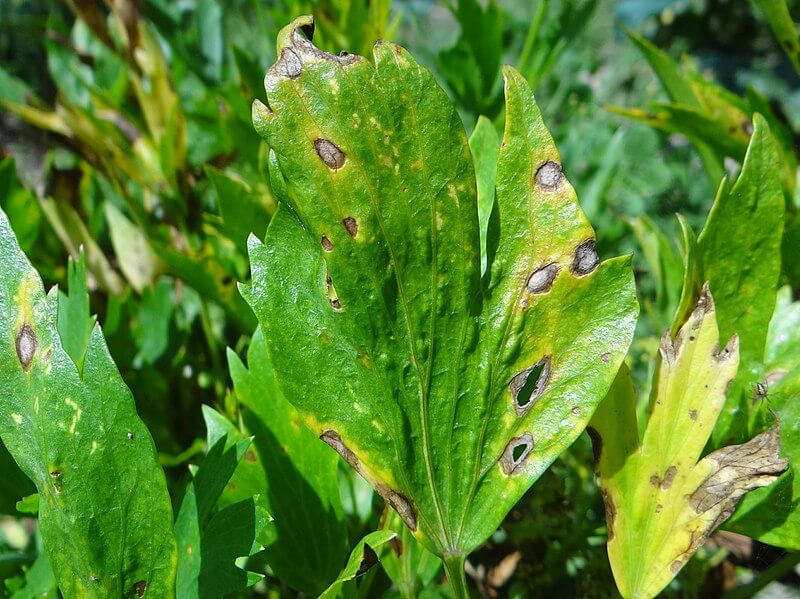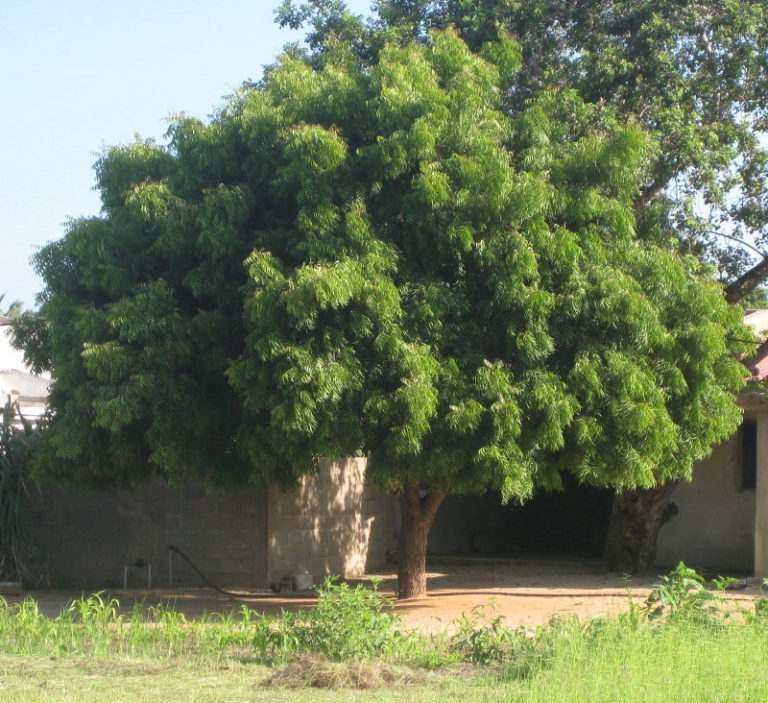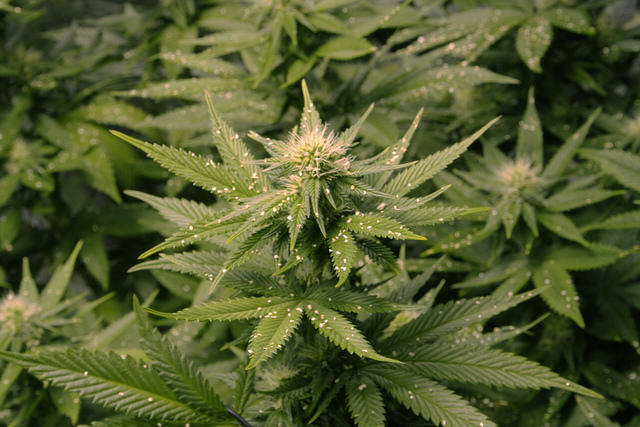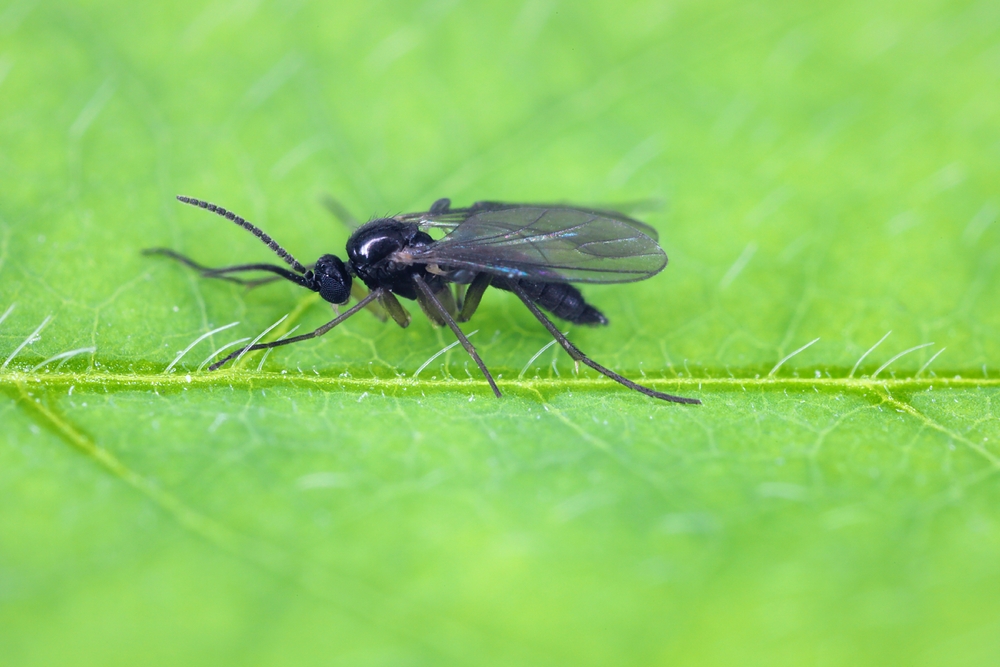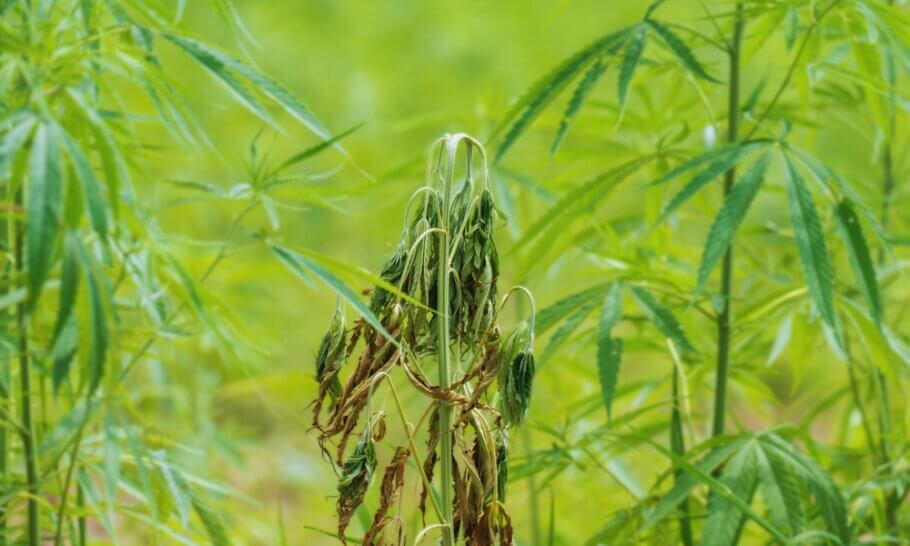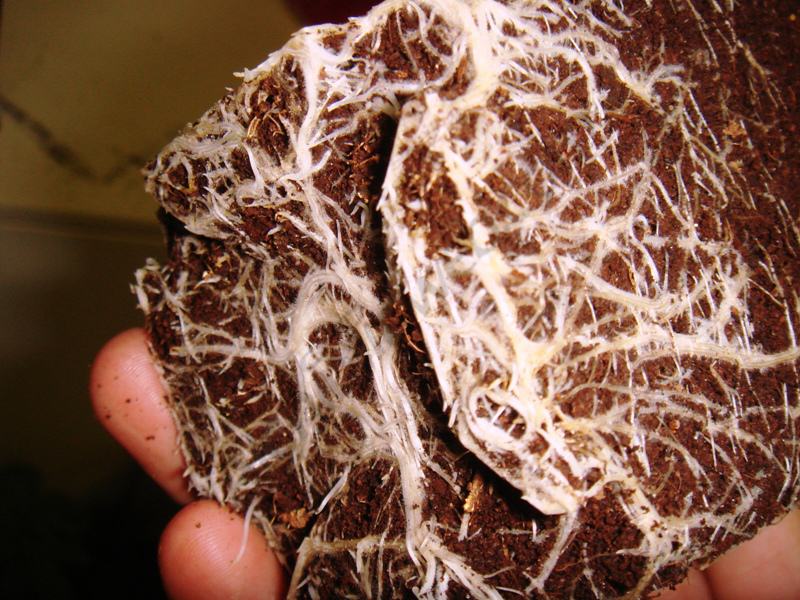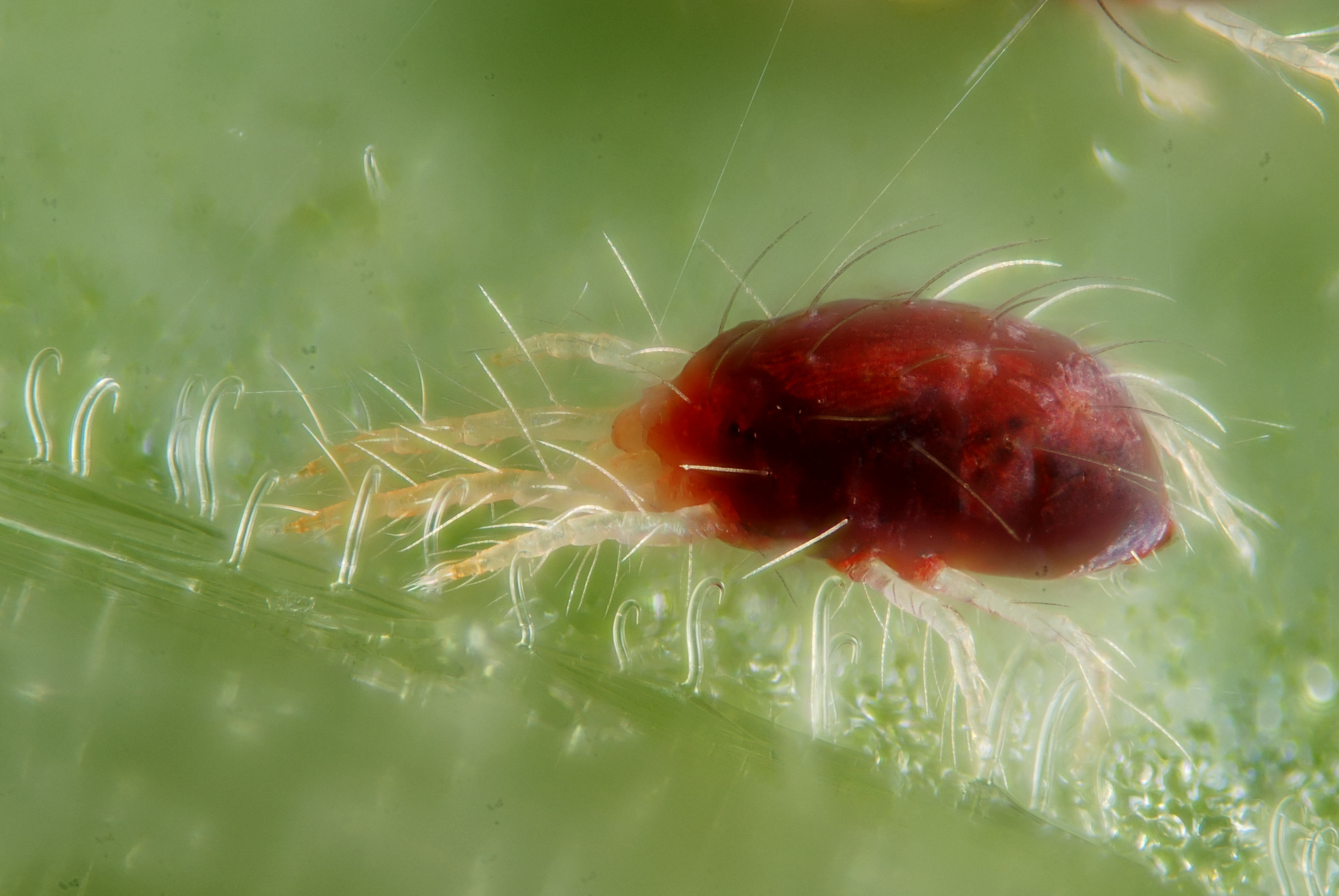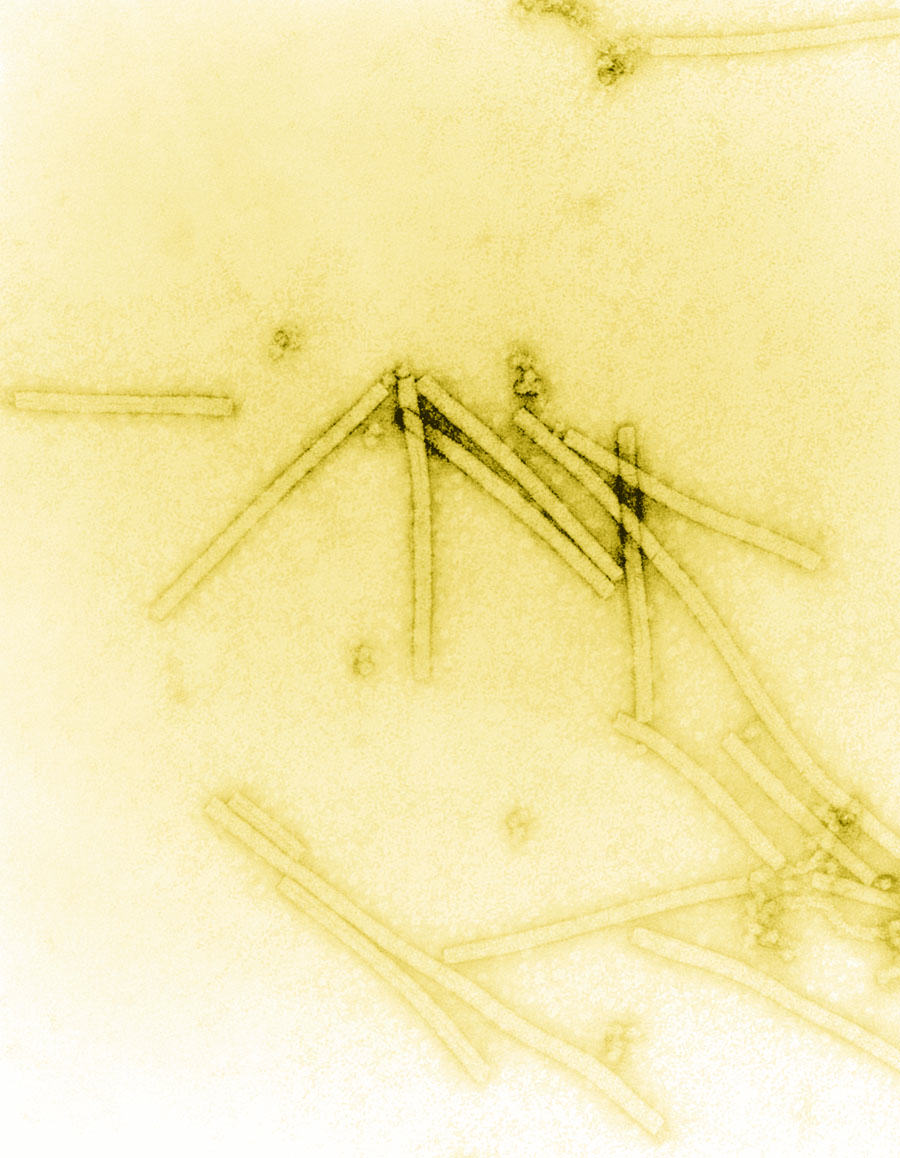Erwinia, what is it and how does it affect plants?
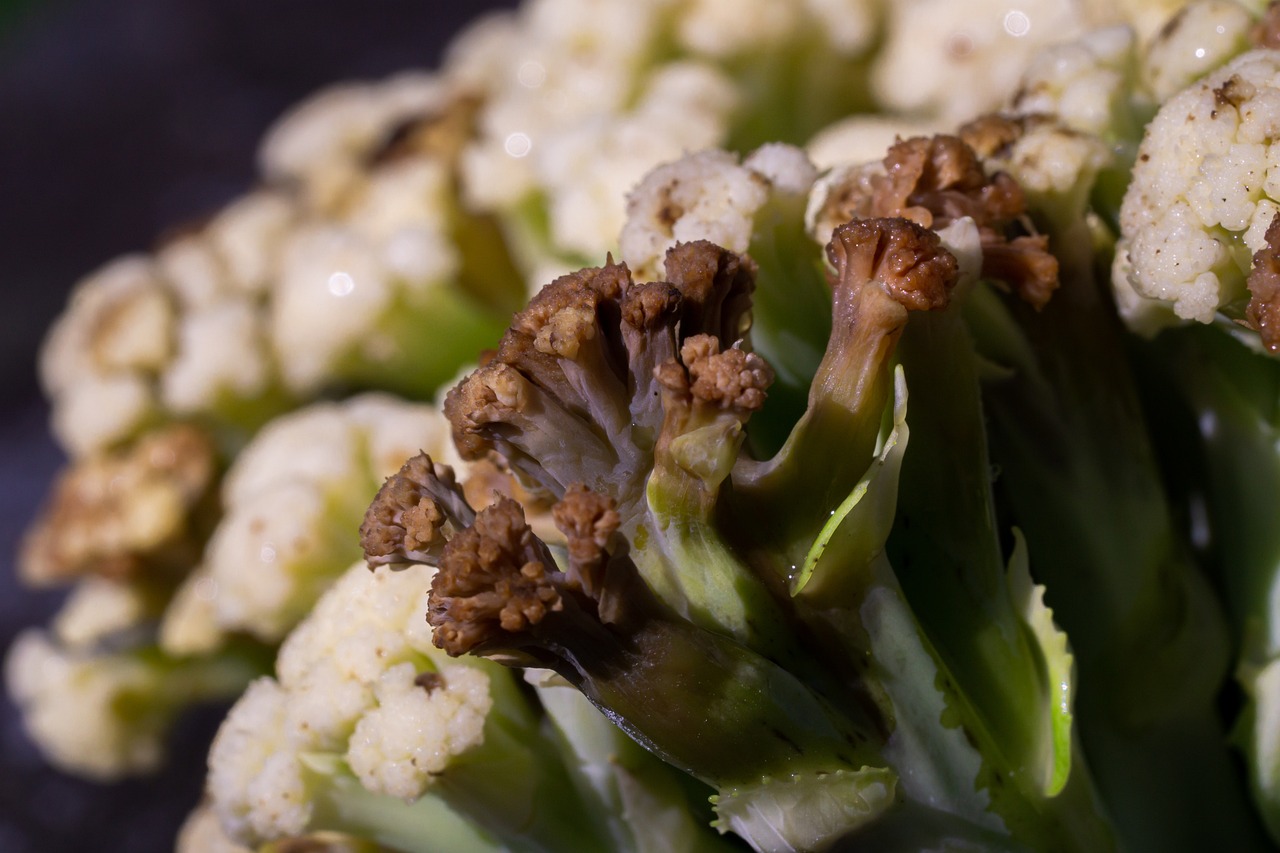
In the vast kingdom of microorganisms, Erwinia emerges as a genus of bacteria in the family Erwiniaceae that has captured the attention of scientists, farmers and biotechnologists alike. Although some strains of Erwinia have been recognized for their pathogenic role in plants, others have proven to be allies in industrial production and scientific research, a fact that only increases interest in it.
Today we invite you to learn in more detail what Erwinia is and how it affects crops, exploring everything from the symptoms of infection that plants present to its impact on agriculture or how to prevent and treat it.































































